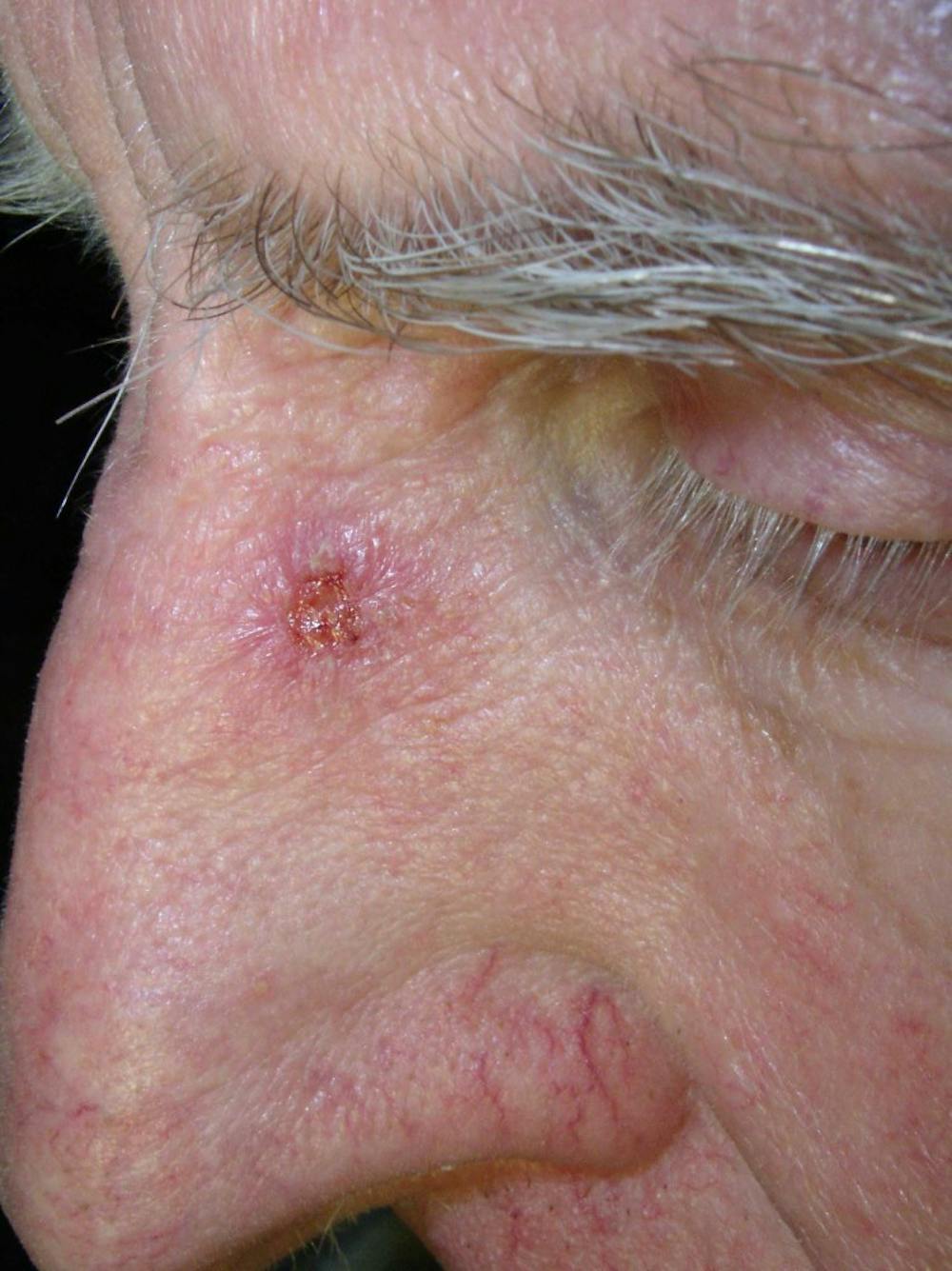In recent times, it seems as if scientists are continually searching for treatments to cancer. Oftentimes, the ways to reduce risk or remedy the effects are primarily external, such as radiation to kill tumors. However, a new study might reveal an important internal player in the fight against skin cancer.
Upwards of a million cases of skin cancer are diagnosed each year in the United States alone. More than 95 percent of these cancer cases are nonmelanoma skin cancer and are often caused by excessive exposure to UV-rays from sunlight.
The remaining five percent is melanoma, which is the most serious type that begins in melanocytes or the pigment-producing skin cells.
The skin microbiome, or the collection of microorganisms that live on human skin, includes a complex environment that scientists are still analyzing to understand its protective qualities.
In the journal Science Advances, researchers at the University of California, San Diego (UCSD) School of Medicine discuss the discovery of cancer protection as a job of skin bacteria.
According to Richard Gallo, a distinguished professor and chair of the Department of Dermatology at the UCSD School of Medicine, the team has identified a strain of Staphylococcus epidermidis, a common form of skin bacteria on healthy human skin.
“[The strain] exerts a selective ability to inhibit the growth of some cancers,” Gallo said in a press release. “This unique strain of skin bacteria produces a chemical that kills several types of cancer cells but does not appear to be toxic to normal cells. The presence of this strain may provide natural protection, or it might be used therapeutically to inhibit the growth of various forms of cancer.”
The S. epidermidis exhibits this property through production of 6-N-hydroxyaminopurine (6-HAP). 6-HAP is a chemical compound that resembles adenine and hinders DNA synthesis to therefore prevent the spread of tumor cells. Additionally, it works to suppress the development of UV-induced skin tumors that lead to cancer.
For the experiment, populations of mice were exposed to cancer-causing ultraviolet (UV) radiation. The effects on the mice were then observed, and the results showed that mice with S. epidermidis that did not produce 6-HAP developed a considerably higher amount of skin tumors than the mice that did produce 6-HAP.
The mice microbiome was introduced to 6-HAP in two ways — intravenous injections and transplantation with melanoma cells. Some mice received intravenous injections every 48 hours throughout a two-week duration.
This method did little to affect the mice, both positively and negatively; however, the transplantation method suppressed tumor sizes by more than 50 to 60 percent when compared to the control mice.
“There is increasing evidence that the skin microbiome is an important element of human health. In fact, we previously reported that some bacteria on our skin produce antimicrobial peptides that defend against pathogenic bacteria such as, Staph aureus,” Gallo said.
Julian Marchesi, a professor of human microbiome research at Cardiff University, commented on the findings, stating that the research is significant because it adds to the importance of the human microbiota.
“We have evolved to need these microbes and desperately need to understand all the roles they play in human biology and start to think more about what it is to be a human being,” Marchesi said, according to The Guardian. “The next stage of this exciting work will be to translate it to human clinical trials and show that this bacterially produced chemical can protect the host from skin cancers.”





